Big Bangs or Little Bubbles?
Primary Science
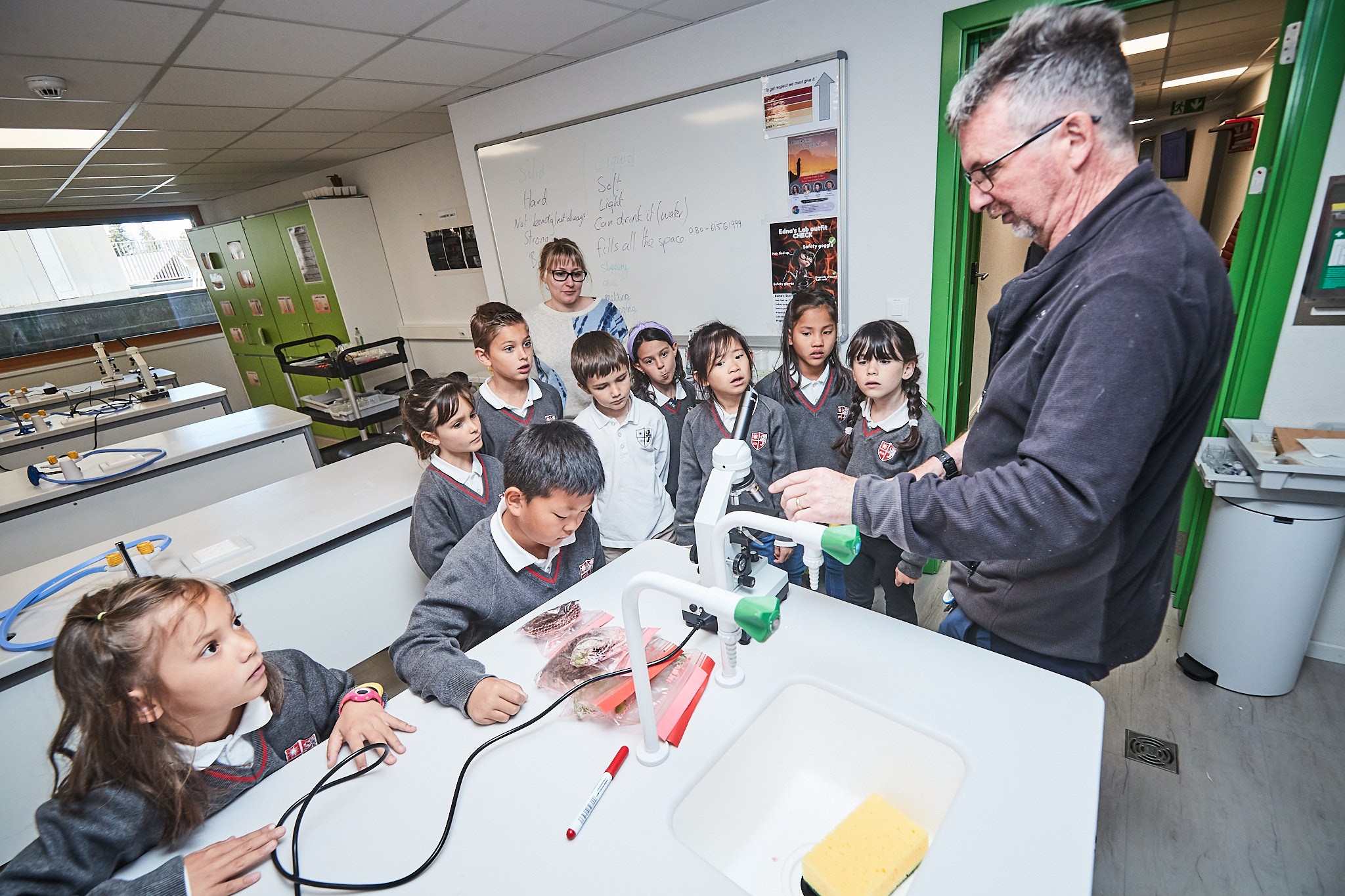
This week our primary school children have been focussing on science - looking at the tiniest creatures, investigating how materials change from liquid to solid, and what makes something acidic or alkaline and how to tell the difference.
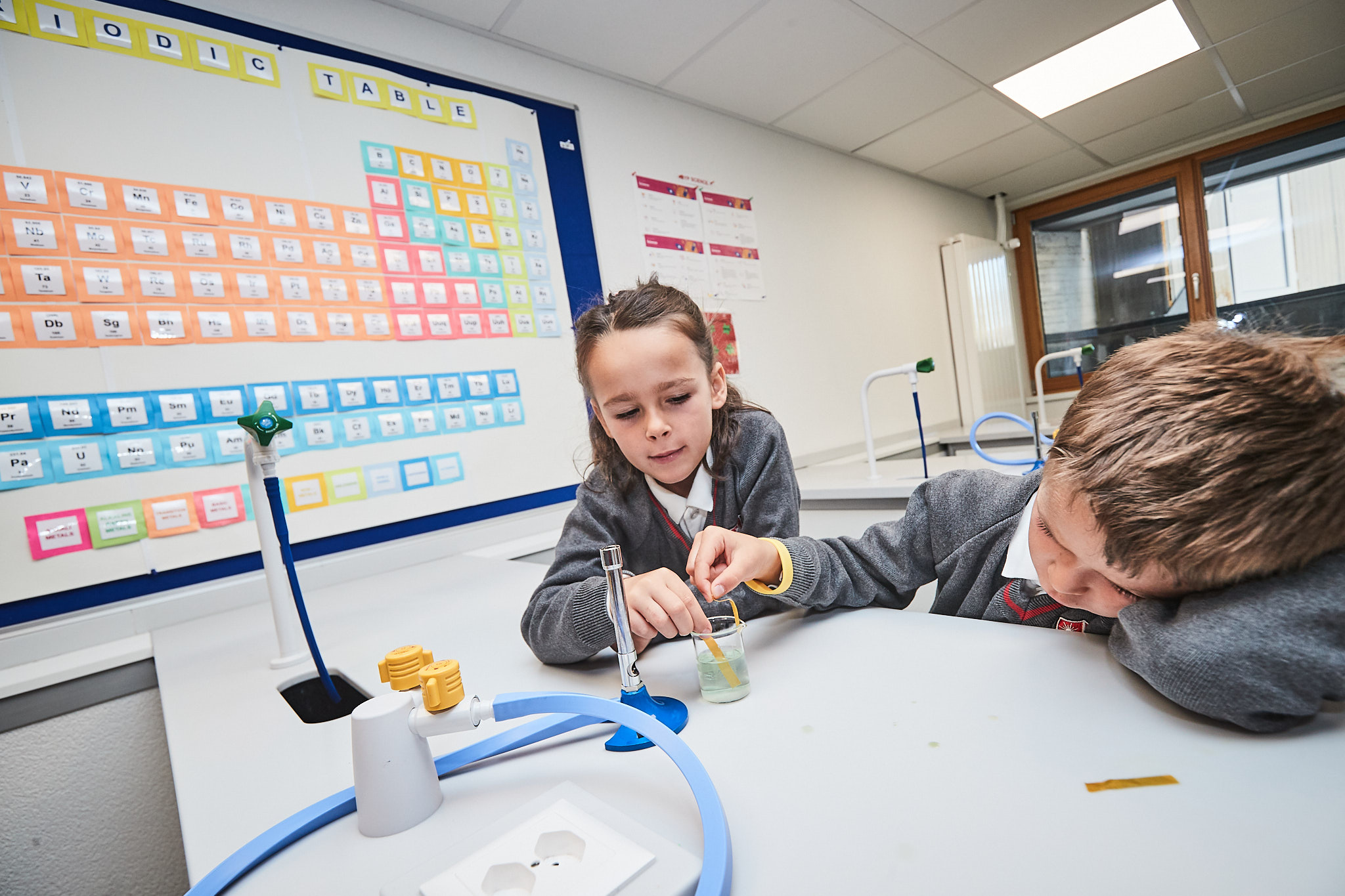
Observing science in real time helps embed learning in young children’s minds. For example, watching an indicator stick (litmus paper) change to red to indicate a more acidic content, or to blue for more alkaline, or stay white to indicate a neutral result - is knowledge that is far more likely to be remembered than merely learning it from a book.
From this experiment we get the metaphor “Litmus test” - an effective and definitive way of proving or measuring something. For example, you might find it used in politics to assess the value of a policy, or in conservation, to determine if the extinction of a species is related to the climate emergency.
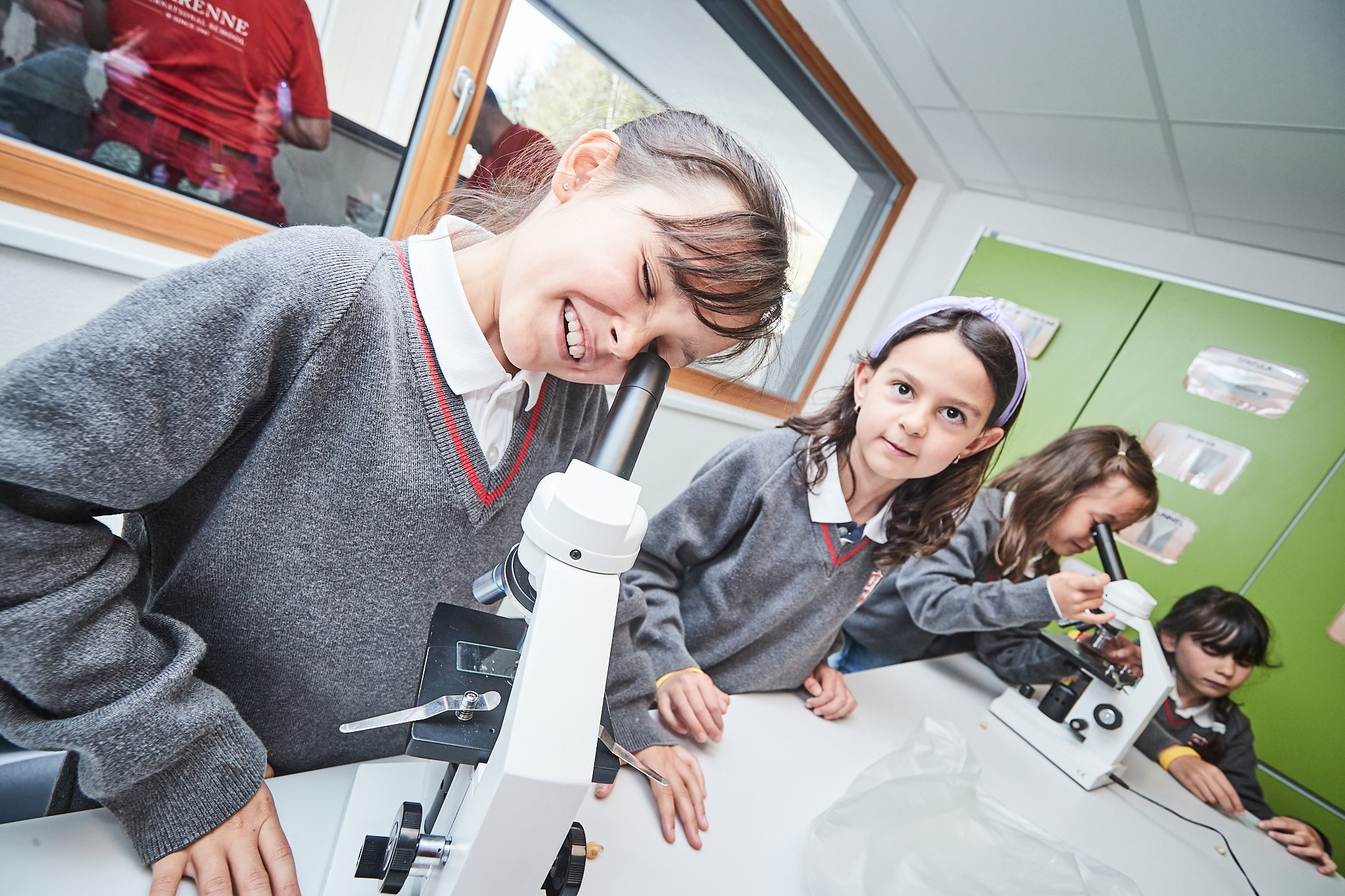
Using microscopes to look at the smallest objects always makes for a fun classroom activity. The children carefully put small amounts of fresh water onto microscope slides and using the lenses to fine tune the focus, they were able to identify mini invertebrates which they couldn’t see with the naked eye.
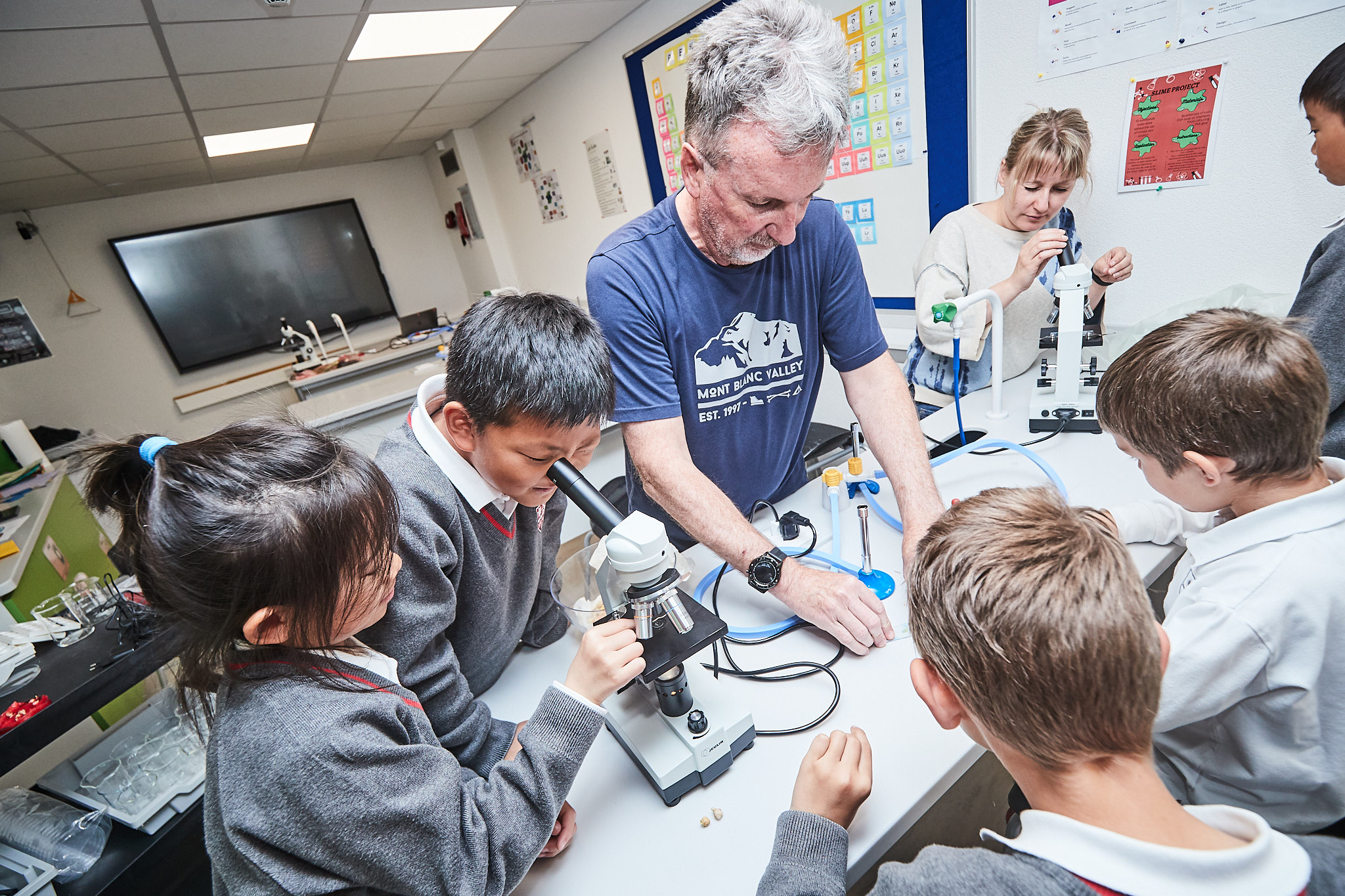
This experiment shows children that there is a hidden world out there - beneath their feet, in rivers and streams, and in the vegetation and trees. Biodiversity isn’t always immediately visible and it’s important not to forget that it exists even when we can’t see it. Classifying creatures teaches children that labels matter - whether it’s a common object like a book, or the name of a living creature like a worm or a snail or an insect.

As if that hard work wasn’t enough, our children also learned how materials can change from one state to another - liquids, gases and solids. Using heat and dry ice they watched as water froze, melted and then evaporated. Observing changes at first hand enables children to make predictions about what will happen next.
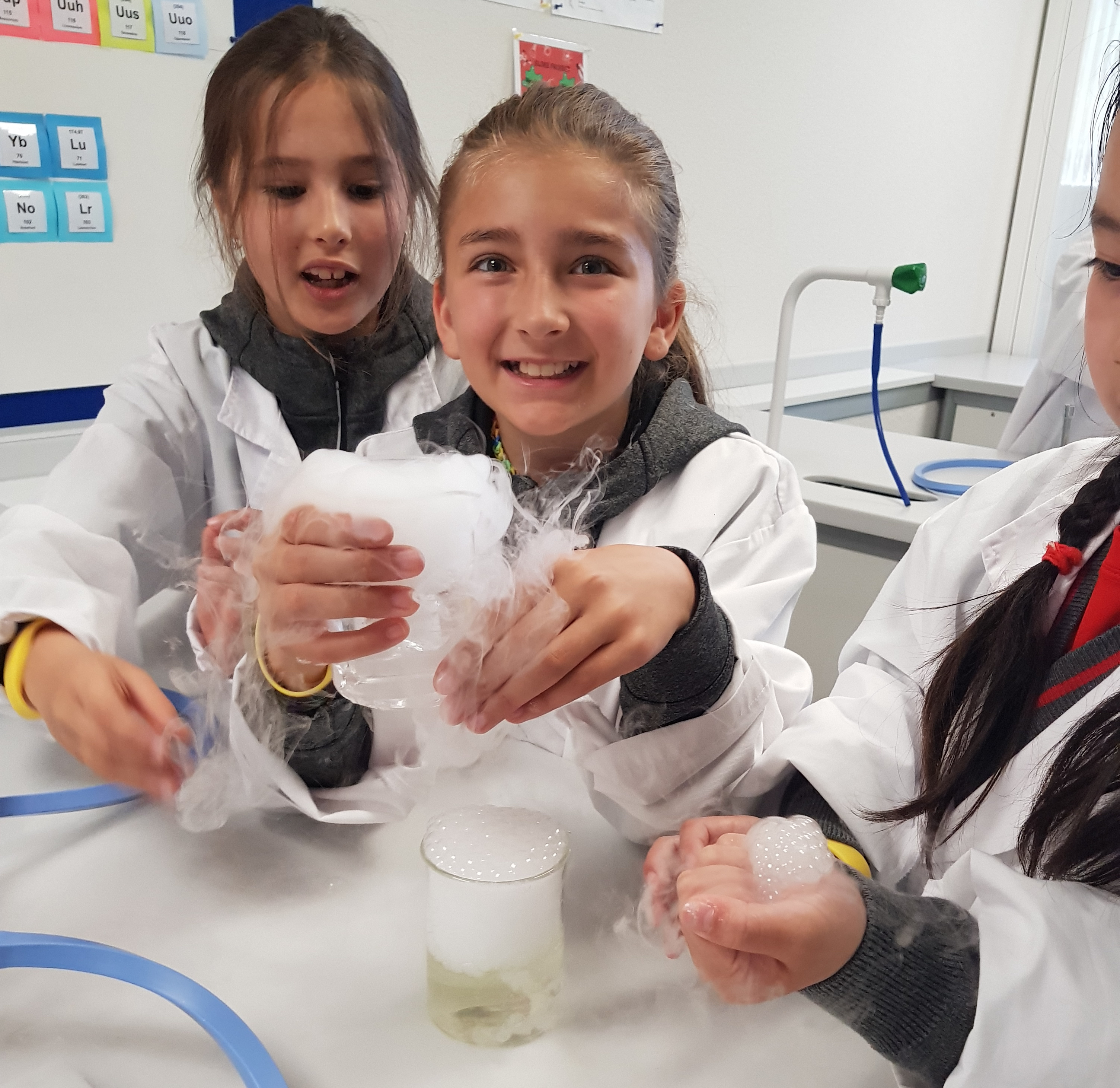
Come next winter this week’s science will be at the forefront of our primary children’s minds when they observe how water turns to ice, how water vapour falling from the sky becomes snow, and why their warm breath is visible as it evaporates in the cold air.
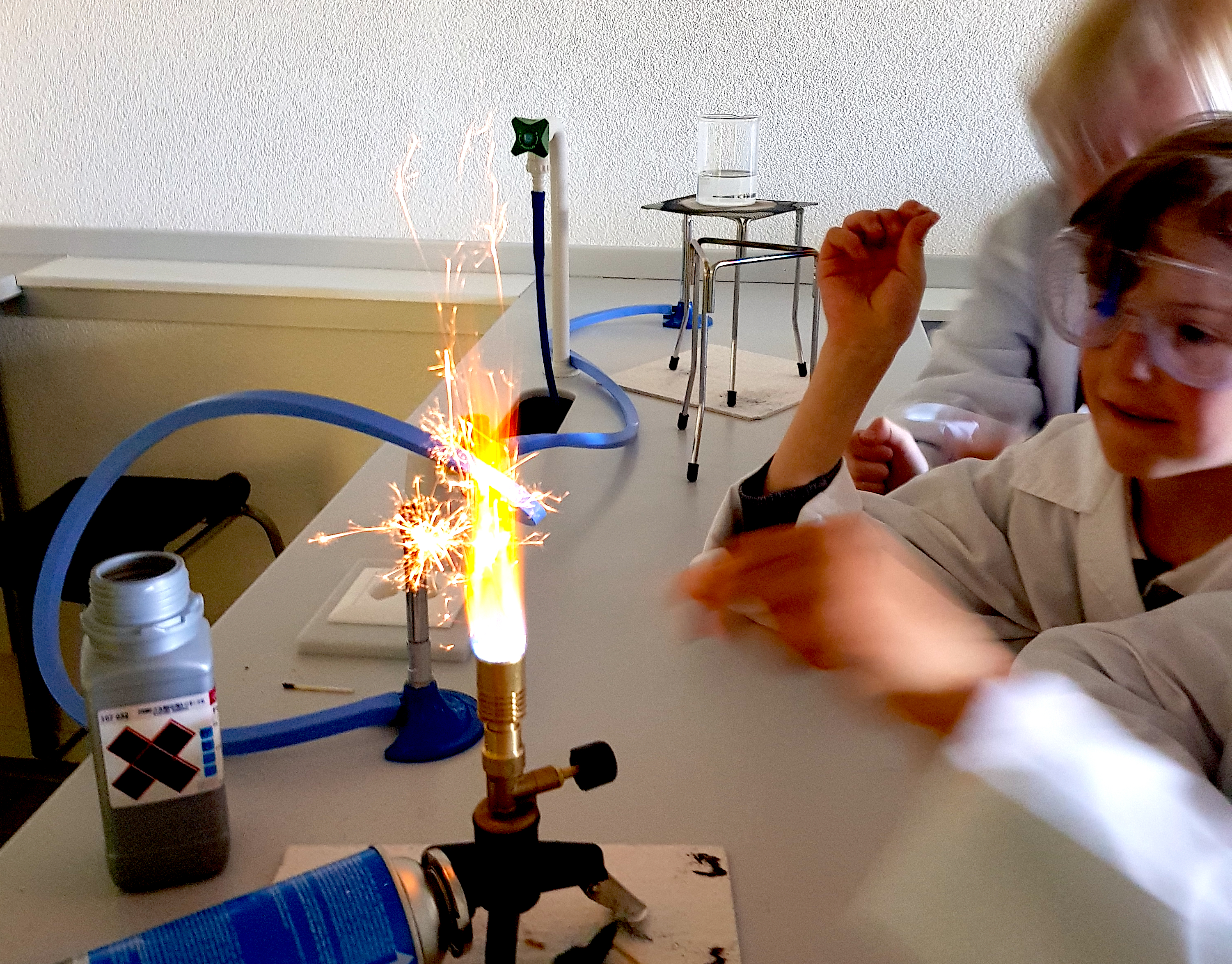
Many thanks to our Senior School science department and especially to super teacher Paul Minton for creating such fun and exciting lessons for our primary children.



